So, apparently Hideaki Utsumi has a record label called marth TERIT RECORDS. Many of the albums seem to feature current and former Capcom members. Looking at the list, when asked if I wanted to review any of the albums, the Shinsekai Kivandelyan (translates to “New World Kivandelyan”) seemed the most promising.
I’ve been told that the album itself features an important pun in terms of name, art, etc. For example, the name “Kivandelyan,” when put into kana, is quite close to Evangelion. Couple that with the fact that the name for Neon Genesis Evangelion is Shinsekai Evangelion, and things start to add up. Add the fact that the cover art is a clone of Rei Ayanami, who I assume is a character from Evangelion, and the logo itself is quite similar to an Eva logo, and you can see why some people might think this is a legitimate Eva release.
Enough of that, though. What does the album actually contain? It features original music by Hideaki Utsumi, Masami Ueda, Yoshino Aoki, and others. I was expecting a lot, given how much I like some of the people on the list.
Read the review after the jump to see if it fulfilled my expectations.
The album opens with “For the Time Being.” To a non-Japanese speaker, though, this might put the listener off the album immediately. The theme itself seems to hint at a pop/rock style, but it’s very hard to appreciate given the low mixing of the music. This is due to the fact that the entire track is spoken conversation over the music. For those who speak Japanese, it might be more appreciated. They do seem to be having fun though, given the tone of the dialogue.
Masami Ueda follows with the next three themes. “Cosmic Rays ‘96” is a bubbly synth rock piece. The melody is pretty addictive, contains an awesome guitar/piano solo, and it seems to remind me something you might hear in an old platformer or a modern Mega Man theme. This is definitely my favorite of the three Ueda contributions. “The Aliens Who Can’t Return to Space” is quite experimental. It has a very ominous opening that leads into a rather bizarre piece of music. At times, it’s quite creepy, while at others, it’s quite spacey. The vocal samples really help make the theme retain that creepy air, but the disjointedness of the piece makes it hard to appreciate, at least for me. Lastly, “Testament” is another pretty nice synth rock piece. The melody, like that in “Cosmic Rays ’96,” is quite memorable and the electric guitar serves to give the piece a very nice edge that complements the softer melody of the synth. For the most part, Ueda knocks this one out of the park.
Hands down the best thing on the album, however, is Yoshino Aoki’s single contribution, “BATSU ~ Monster’s Carnival.” To me, it sounds like one of the bubblier themes you’d hear on Breath of Fire III, but with a hint of sinisterness. It’s a fun, jazzy piece with an awesome carnivalesque atmosphere. The layering truly amazes me and the entire theme is extremely addictive. “Wind of Two,” composed by Shusaku Uchiyama, features Yoshino Aoki on vocals. It has a nice R&B beat that really complements the melody. It’s a theme that doesn’t particularly stand out, but it is music that would be good for relaxing. Another theme with some great music is “Watch Out for Sweet Words” by Little Tenderness. It has this honky tonk/country rock vibe going for it. The electric guitar really gives it some twang, but I was truly in love with the awesome keyboard solo it features. Unfortunately, I was not a fan of the vocalist. However, if this was an instrumental theme, it would be made of win.
The majority of the album features Hideaki Utsumi as the composer. “Destroy It” has a very Streets of Rage sound to it. The piano is truly the part of the song that really sticks out. Combine that with an awesome beat and you would have a winner, under normal circumstances. Unfortunately, I’m not quite impressed with the vocalist, making this quite hard for me to listen to on repeated attempts. The other song featuring the same vocalist, System Eve, is entitled “Premonition.” Although it starts out promising, with some nice ethereal trance work that evolves into something that I’ve always described to myself as “barking” synth, once the vocalist appears, I find myself turned off once again. It’s quite monotone and doesn’t really help deviate too much from the accompanying music.
The last two pieces I’ll mention are “System People,” sung by Kazuhiro Aoyama. For the most part, I was quite bored with this song. The techno-like music really doesn’t lead into much and the vocalist really doesn’t impress me too much. There was a shining spot amidst the monotony and that was in the chorus of the song. The vocalist seems to jump to life and the chime accompaniment that joins into the song at this point makes it much more fun to listen to. Sadly, it’s followed by some more monotonous verses. Lastly, “An Old Story,” featuring vocals by Juri Yamada, is another one of those songs where the song would be so much better, sans vocalist. To her credit, Juri Yamada is one of the better singers I’ve heard on the album, but I had a lukewarm reaction to her. The music, on the other hand, is quite nice. It’s a nice bubbly techno piece with some slight industrial influences. In the end, it’s one of those pieces you’d like to drive down the highway to, if it was an instrumental.
So, in the end, I had mixed feelings about this album. While there were some clear winners, there were also some clear losers. For fans of Capcom composers, both former and current, it might be worth tracking down. However, for those who don’t particularly enjoy Japanese vocals, this one might be better off avoided. It’s your call. It’ll be interesting to see how future albums sound, however.
Tags: Capcom, Hideaki Utsumi, marth TERIT RECORDS, Masami Ueda, Music Reviews, Reviews, Yoshino Aoki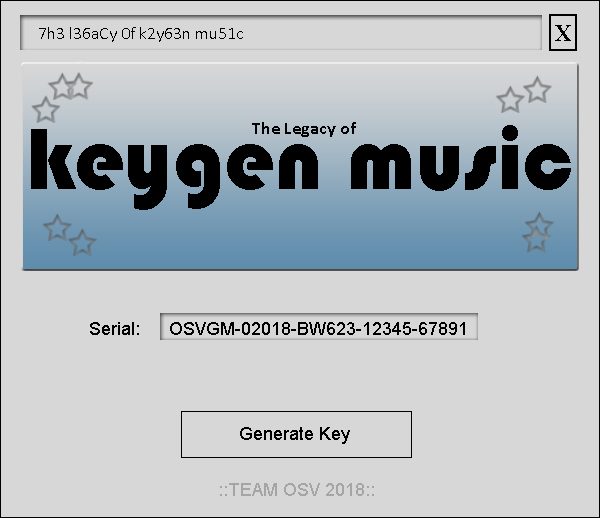
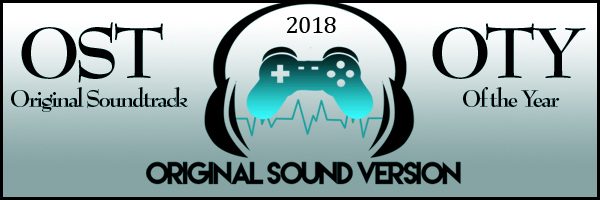
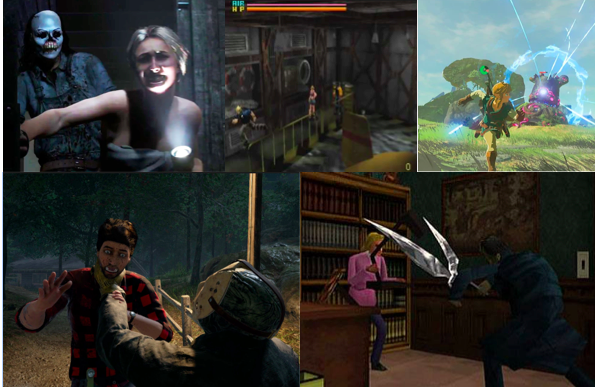


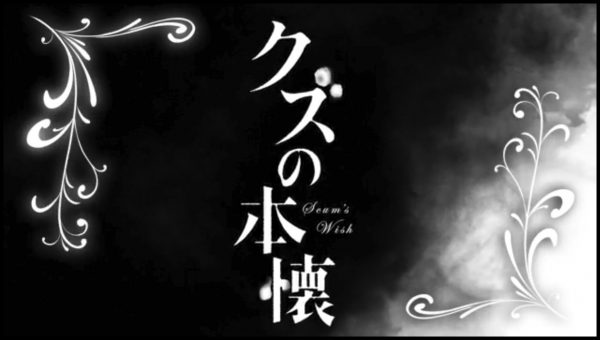


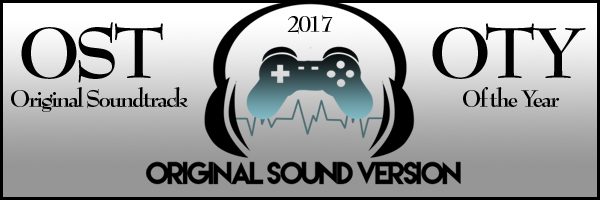
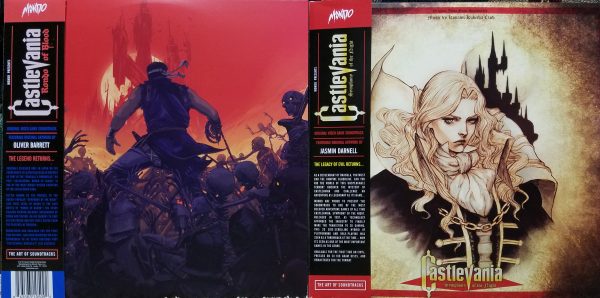
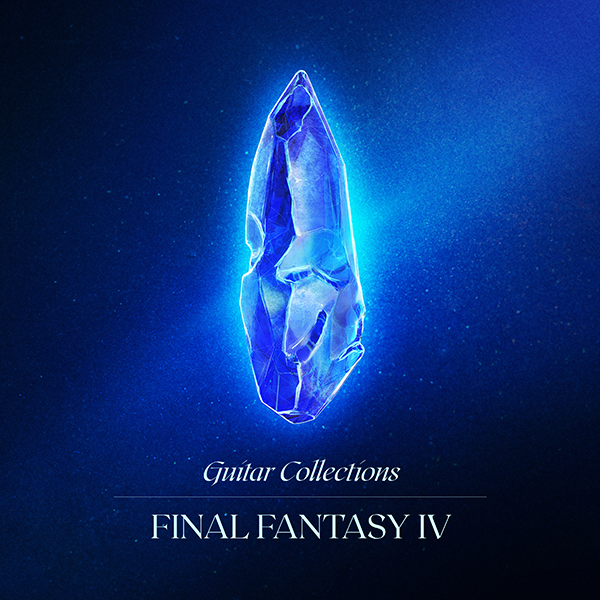
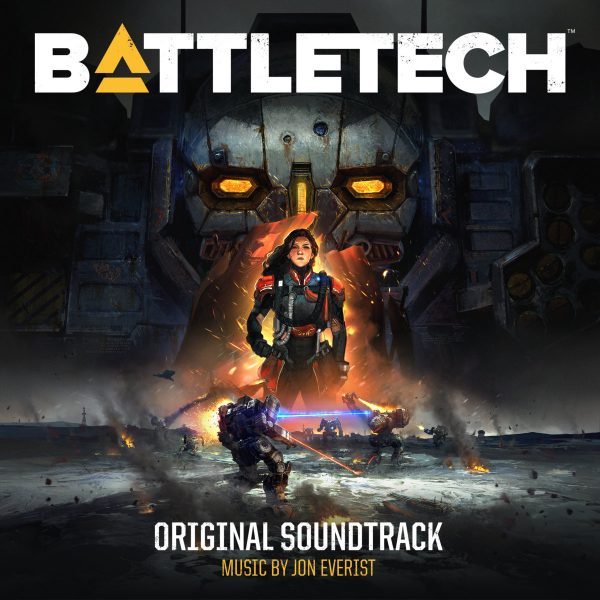

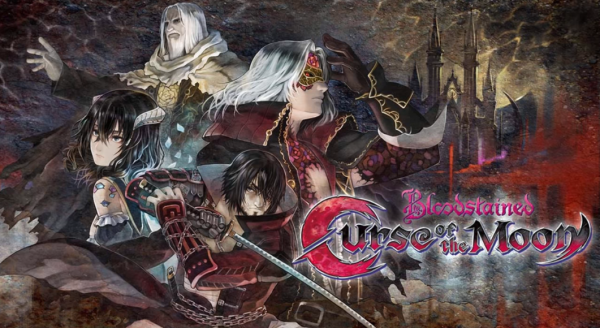
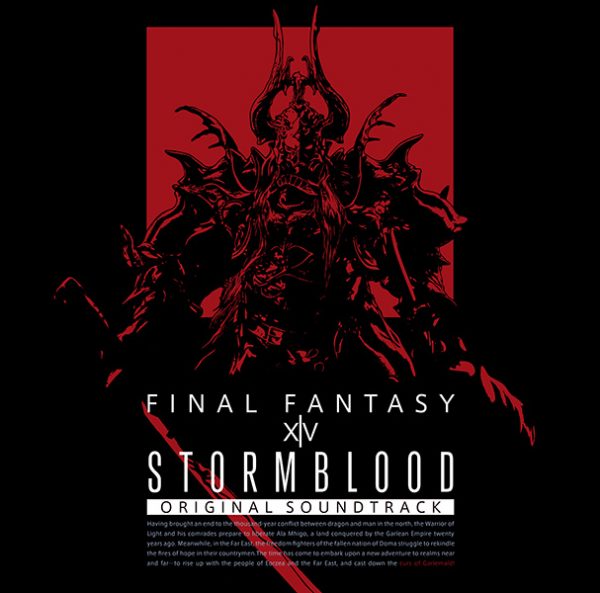
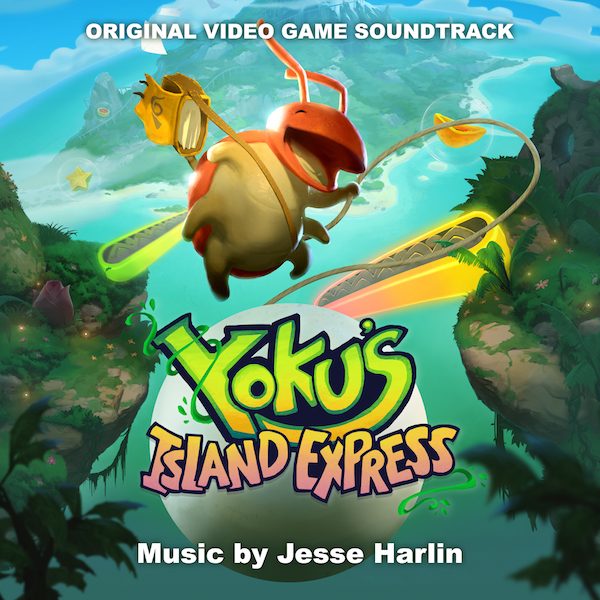
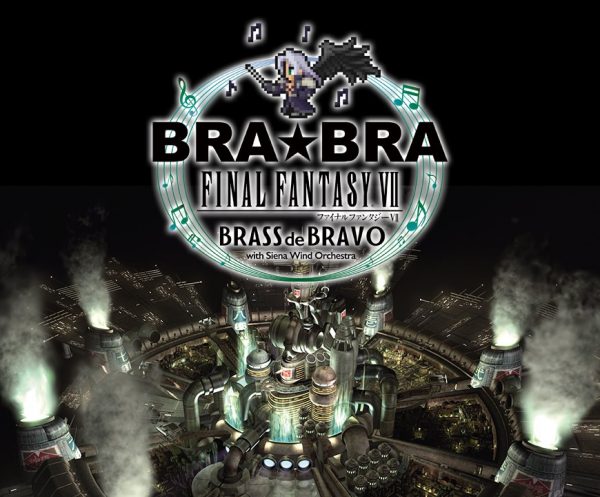
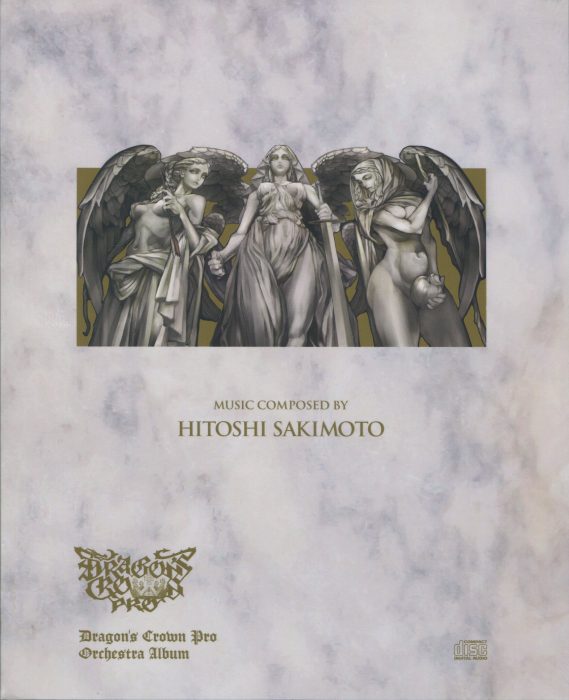

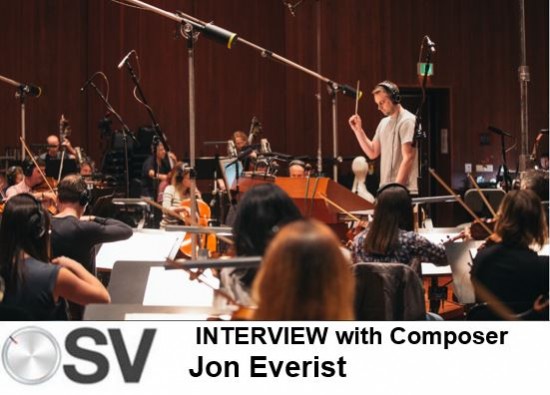
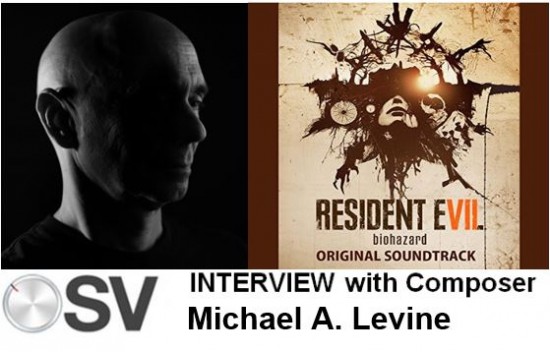

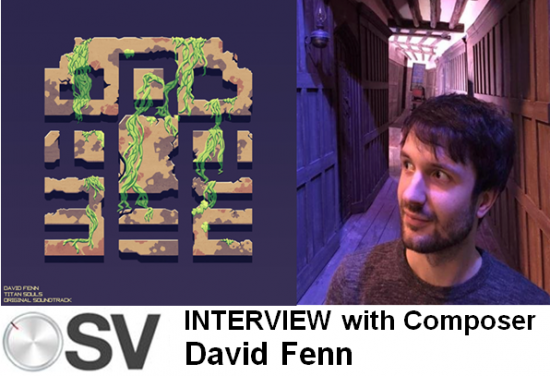
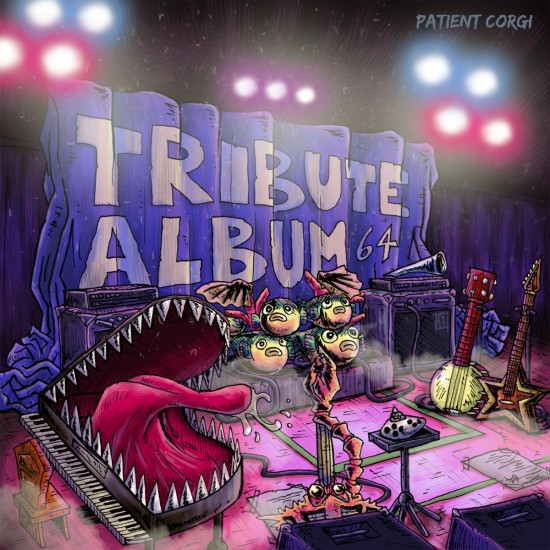
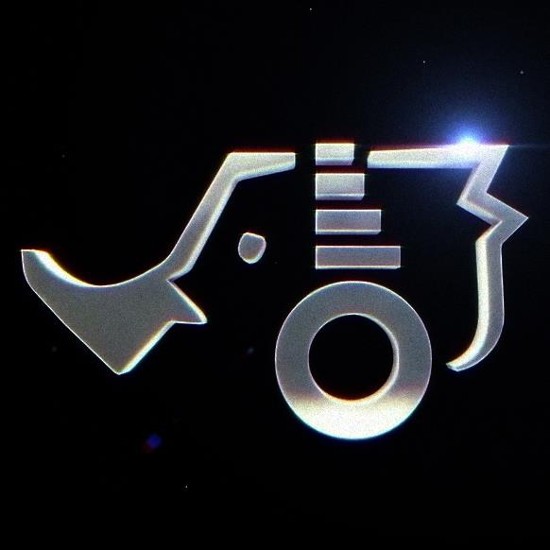
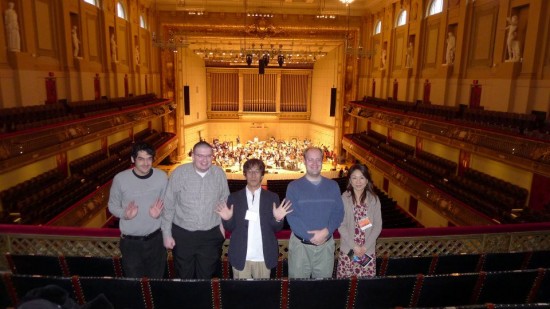
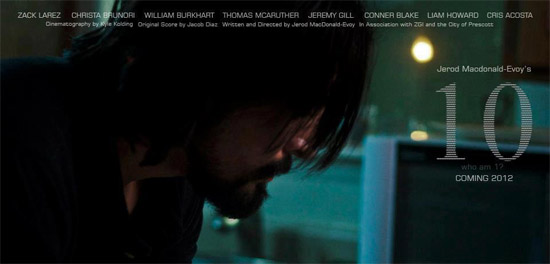
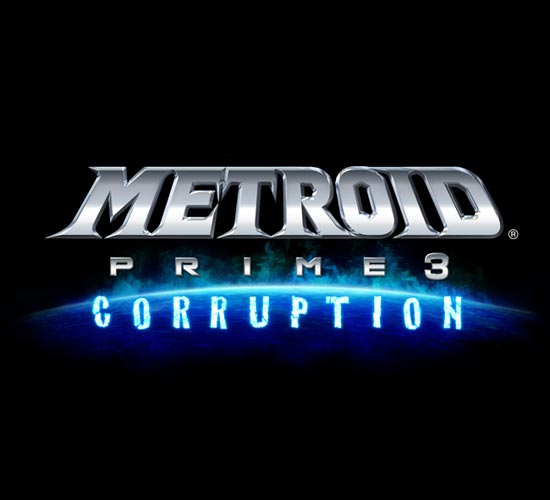


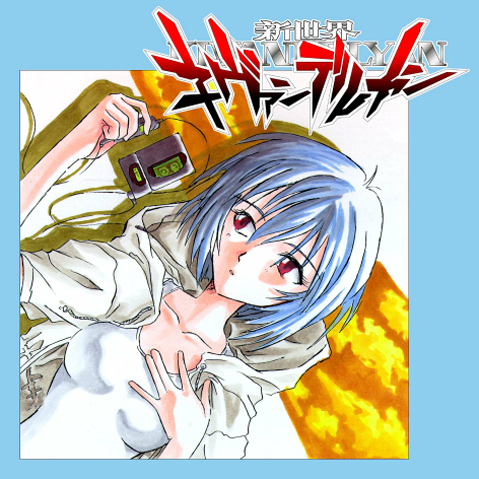

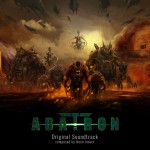
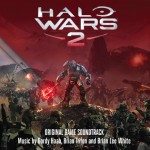


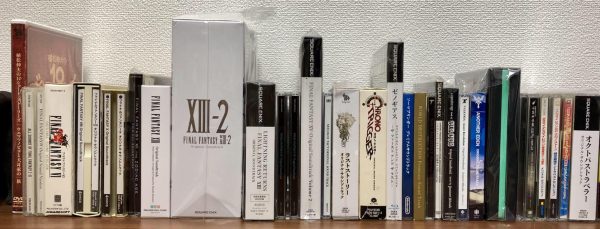
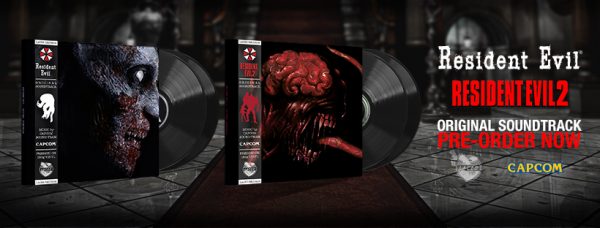


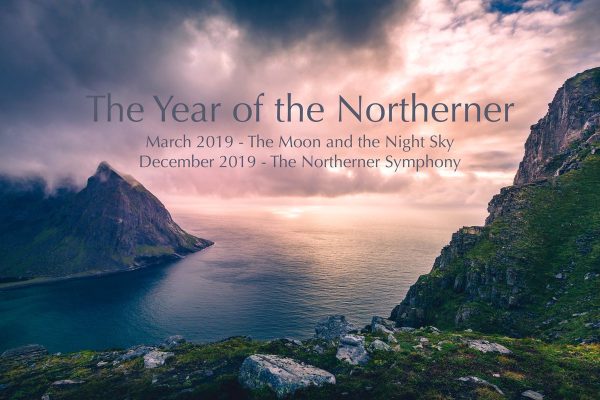
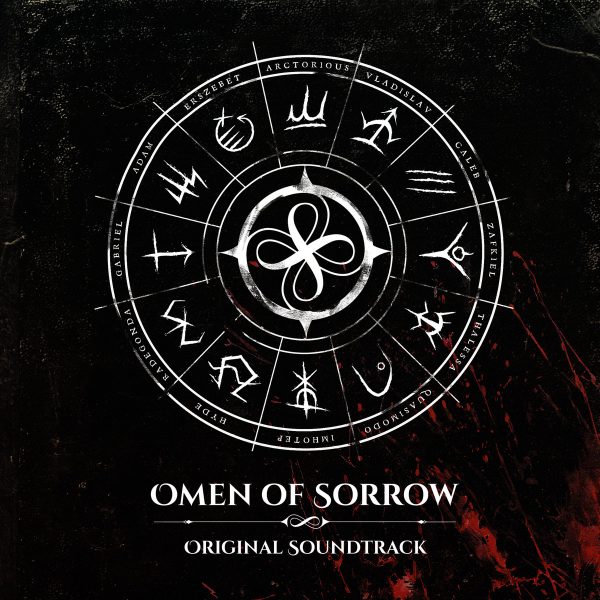
× SHINSEIKI KIVANDELYAN
↓
○ SHINSEKAI KIVANDELYAN
[…] (Kivandelyan) by Various Artists – Download ??????????? (Kivandelyan) on iTunes Additional Info: Original Sound Version Blog Archive Is the New World Worth Exploring?: Shinsekai Kivandelyan (Review… Will upload to […]